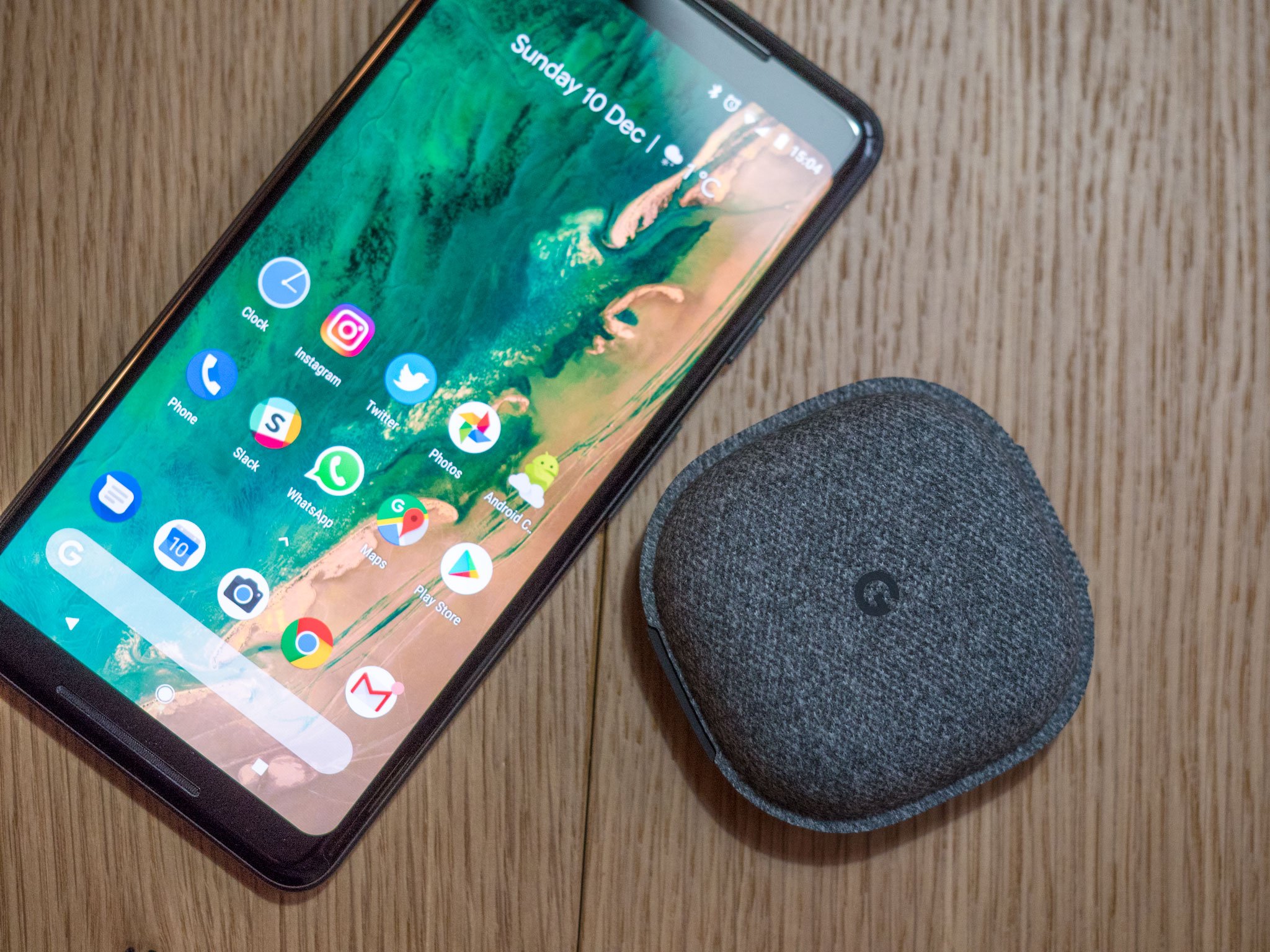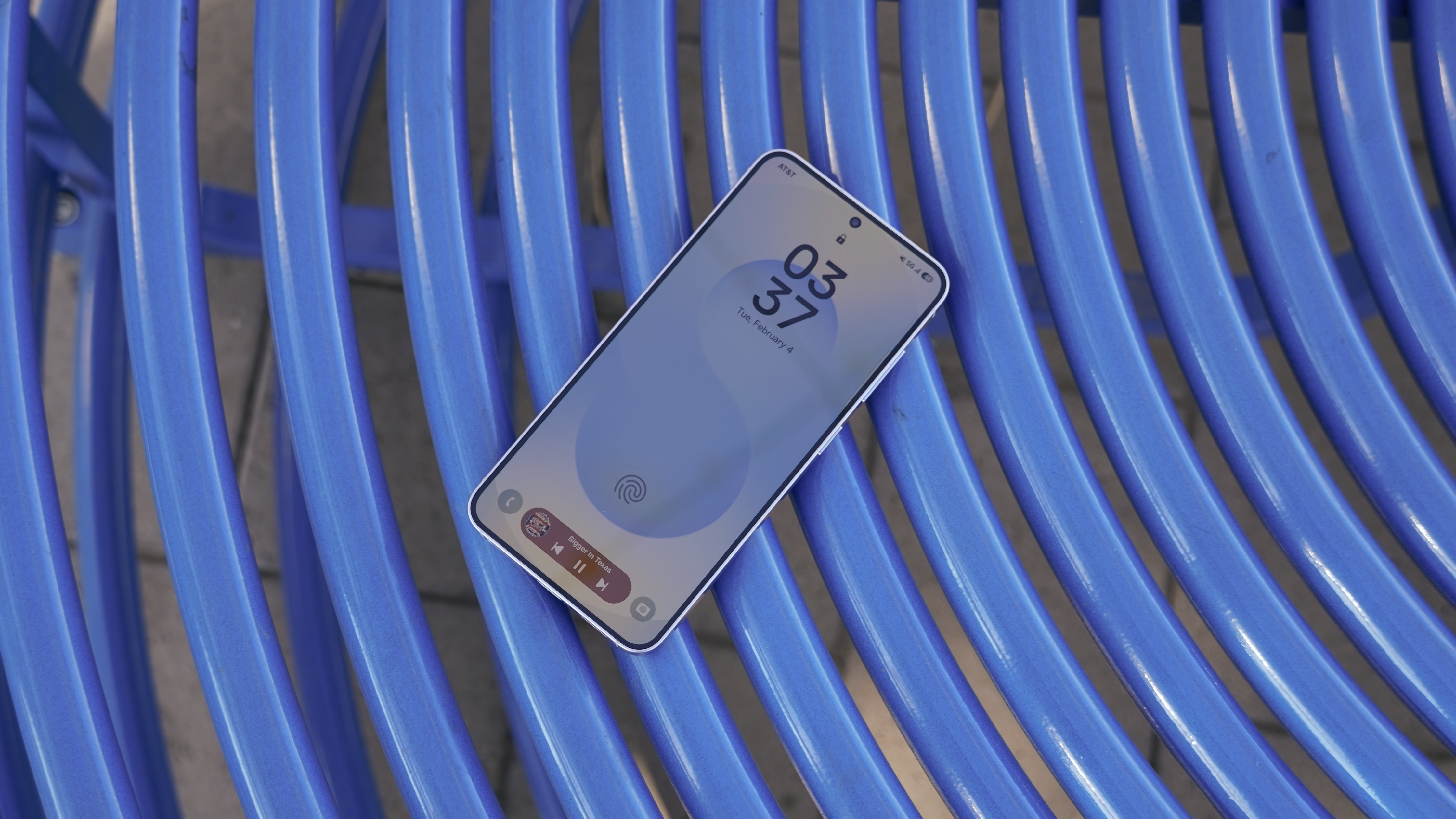With the removal of the headphone jack from this year's Pixel phones it's pretty clear Google expects buyers to go wireless for their mobile audio needs. And if you're sticking within the Google ecosystem, the company is hoping to tempt you with a set of Bluetooth buds, nestled within a carpet-clad charging case, for £159.
Naturally, Google Assistant is a major selling point for the Pixel Buds, with the ability to instantly interact with Google via a touch, instead of using the "OK Google" keyword, and hear replies instantly and privately. Notification reading is another big value-add, offering a hands-free way to fire off message replies without pulling out your phone.
On the whole, the Pixel Buds are at least competent at everything they try to do. But after a few days of use, it's clear to me that this is ultimately a "version 1.0" product. The Pixel Buds are promising, with occasional flickers of brilliance. But they're also criminally overpriced, particularly in the UK, while suffering from a few classic early adopter gripes.

The Pixel Buds ship, and are designed to be lugged around in, their fabric-coated charging case. This rounded-off clamshell case is around the size of a small power bank, with a magnetic clasp that (so far) has held securely in place whether the Buds are carried in a pocket or bag. Overall, it has the look of an even smaller Google Home Mini.
Although this material gives the case a unique look, it remains to be seen how well the carpet-like texture will stand the test of time, and that's not the only durability concern around what is ultimately a soft plastic clamshell. On the inside, there's a flimsy plastic hinge keeping this thing in one piece — likely a failure point in the future, even with the added strength of that carpet-textured backing.
The Pixel Buds live inside a tiny carpet-clad case that looks good, though with some durability concerns.
(If it does break, Google doesn't sell the case separately, so barring a helpful customer service agent you'll likely need to stump up the full asking price for a new set of Pixel Buds.)
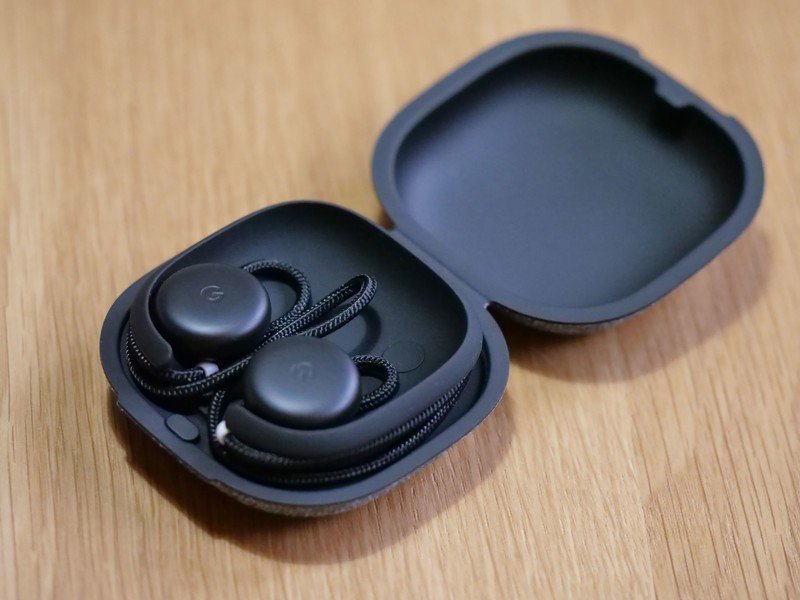
The Buds themselves plug easily into the recesses inside the case, connecting them to an internal battery capable of providing up to an extra day of juice. After almost a week of use, I've been impressed with the longevity of the entire Buds-plus-case package. Unless you're taking multiple long-haul flights without docking the Buds in their case, battery life probably won't be an issue.
The earbuds themselves have large, rounded drums, with touch input enabled on the right bud, and a fabric cord holding them together. To keep everything secure in the case, you'll need to double-loop this around the inside of the clamshell, which is a little awkward on the first few tries, but it gets easier with practice.
Also slightly awkward: the way the Pixel Buds fit in your ears. The fit isn't as snug as other earbuds with rubber tips, and I often felt like they were in danger of falling out — even though they never did. That's because the connecting cord can be adjusted into a loop via an adjustable toggle, holding them securely in the ear.
This fit is best described as just weird. It's not terrible, and it's easy to see why a conventional design might not work well with touch-enabled earbuds that are heavy, because of large internal batteries. But if you're expecting the Pixel Buds to be as comfortable as your favorite set of neckbuds, you'll be disappointed.
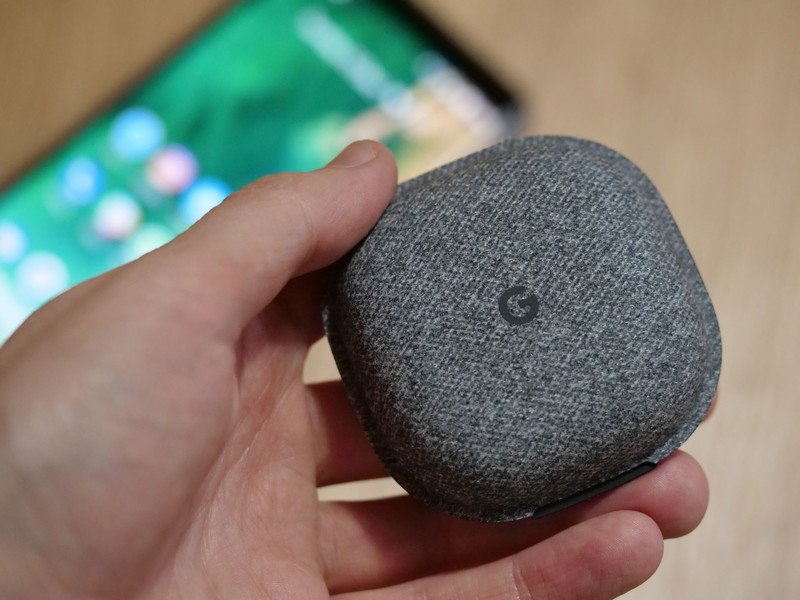
The best word for the in-ear feel of the Pixel Buds is just weird.
Opening the case and removing the Buds kicks off Google's Bluetooth Fast Pairing. With your Android phone unlocked nearby, Play Services detects the Pixel Buds and kicks off the setup process, introducing you to the Buds and all their various features. It's still Bluetooth, so managing multiple devices is a little painful. You need to either unpair the Buds from the first device, or make sure it's out of range first, before pairing with the second device. (There's also a button inside the case which you can use to force the Buds into pairing mode.)
This is a fringe case — Google clearly expects most people to use this product with one phone and just one phone. And for what it's worth, in my experience the Pixel Buds rank pretty low on the Bluetooth frustration scale.
Google clearly expects most people to use this product with just one phone.
I used the Pixel Buds interchangeably with my Pixel 2 XL and an HTC U11+, and most of their functionality worked seamlessly across both devices. Audio quality was pretty good, with ample volume, clarity and and bass. (Without tweaking EQ levels at all, the Buds were a little bass-heavy, but not excessively so.) The Pixel Buds also work well for voice calls, which came through loud and clear, even in less than ideal conditions.
Other features, like Google Assistant and notification reading, worked great on both phones. Long-pressing the right earbud activates Google Assistant instantly, and releasing tells Google you're done talking, so responses are always super-quick. Google Assistant on your phone is doing the heavy lifting though, so you'll need a reliable data connection to get the most out of this feature.
Touch input on the Pixel Buds also works great for pausing music with a single tap, or adjusting volume with a swipe. You can't quickly change tracks — but that's where Google Assistant comes in. More complex requests, like skipping ahead or playing a specific track, are easy to perform (not to mention extremely quick) via voice.
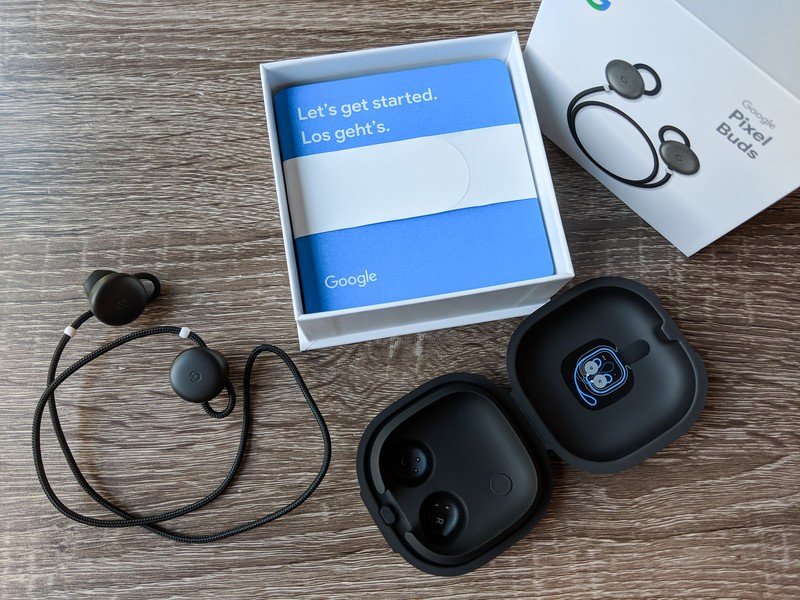
As for notifications, you'll get alerts as normal through the Pixel Buds, occasionally with extra information like the sender name for messages. A double-tap then lets you hear the full message, and then compose a reply via voice. If you ignore a few messages in a row from the same place, Assistant is smart enough to stop interrupting your music with subsequent alerts.
The only awkwardness I've come across with this touch input is while re-docking the Buds back into their case. It's easy to accidentally start playing whatever you just stopped listening to with an unintentional tap. (That's a small part of the general fiddliness that goes with docking the Buds into the case and double-looping the cord.)
Notifications in your ear, and Google Assistant in an instant.
Unlike Andrew Martonik, I didn't find notifications to be particularly bothersome with the Pixel Buds, and the additional context that notification reading gives was actually useful for me. I was also much more inclined to use Assistant for various tasks while using the Pixel Buds, compared to when I just had my phone on me. (It also helps that you look like less of a dork talking into an earpiece then you do saying "OK Google" at a phone.)
The utility of Assistant in your ears at all times will depend on how much you're bought into the Google ecosystem, as well as whether you own other connected home or entertainment gadgets like smart bulbs, Chromecast or Google Home. For me, it was a nice bit of added convenience, but hardly a game-changer.
We're still in early adopter territory here.
The one big feature that's exclusive to Pixel phones is voice translation, which hooks into the Google Translate app on your phone to form a slightly clunky present-day version of Star Trek's Universal Translator. You speak, they speak, and the Pixel Buds (and your phone) makes sure you can both understand each other. The big caveat here is that you still need to have your phone out for all this to work, and there's a lot of awkward waiting while Google works its magic. My Pixel Buds arrived too late to go with me on a two-week stint in Taiwan, which would've been an ideal test for this feature. Even so, in some casual testing in French and German, translation on the Pixel Buds isn't the seamless experience some will have been hoping for. (Nor is it the killer app Google tried to pitch it as during the October 4 announcement event.)
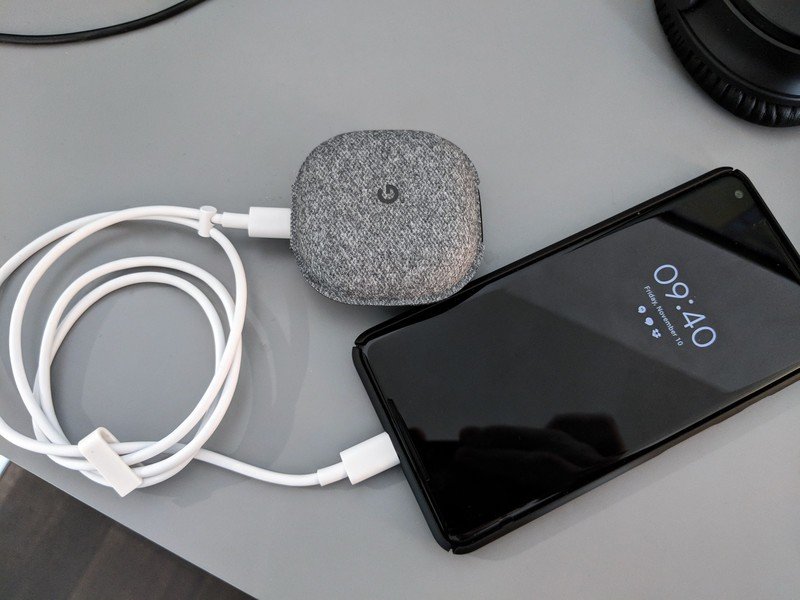
There are a lot of positives to take away from the Pixel Buds: the sound quality is good. (You'd hope so, for the asking price.) Google Assistant is extremely quick, though the overall value here will depend on your affinity for talking to technology. And I'm onboard with having Google read back my notifications to me, even if translation is (for now) a non-starter. What needs to improve is the elegance of the overall package. Having to squish a piece of cord around your ear to hold the Buds in place isn't ideal, nor is the level of comfort from earpieces that don't fit particularly snugly in the ear. And the case, though attractive on the outside, looks flimsy, and docking the earbuds and cord inside can be fiddly.
So we're still in early adopter territory here, and for most people the Pixel Buds won't be worth anywhere near the current £159 asking price. If money is no object, or if you must experience notifications in your ear, or fool around with the translation features, then go ahead and splash your cash. The rest of us can probably find better Bluetooth buds elsewhere — or wait for the Pixel Buds to get a price cut in the coming months.

Alex was with Android Central for over a decade, producing written and video content for the site, and served as global Executive Editor from 2016 to 2022.
